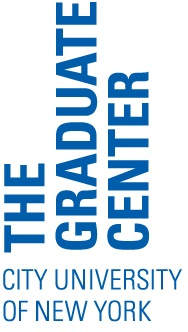The Path to Publication, Part 3: Revising and Resubmitting

Photo by Marcus dePaula on Unsplash
The following is the third in a three-part series on the publication of an academic article. As my field, English, is in the humanities, this will necessarily shape my narration, though many of these steps transcend most disciplinary boundaries. When they don’t, I will add links to STEM-specific advice. The previous posts in this series focused on selecting an appropriate journal and preparing your manuscript for submission. This post focuses on what to do after receiving a “revise and resubmit.”
“Revise & Resubmit”
“I’ve taken out some of the bloodier and more personal comments,” the editor wrote, without explaining how an anonymous paper reviewed by anonymous readers could get personal. “Read them,” he advised, “take a long walk, then read them again.” So began my first acceptance email—or rather, my first “revise and resubmit,” a common practice where readers ask you to make changes to your work, after which they will reconsider it for publication. In my case, however, the editor indicated that he would accept the paper if I accepted the readers’ requests for revision. They “may strike you as draconian,” he wrote, “but my experience tells me they are well meant.”
If you receive a revise and resubmit, then, do not despair: some people interpret this as a soft rejection when in fact it is a step on the way to acceptance.
Re-Revision Best Practices
Readers’ comments can be bloody, so prepare your ego for some light bruising. Once you’ve recovered …
Stay Organized
Organize your comments into the types of revision they require, tackling the smaller, grammatical or quotational issues before moving on to major, substantive changes.
You will be expected to keep track of your revisions, so create a supplementary file in which you document the thinking behind all the changes you have made.
Engage Critically
You do have the power to challenge readers’ comments, but do so sparingly—your editor has assembled the report and likely agrees with much of what they have written.
Meet Your Deadline
You will probably be given a deadline, but if you aren’t make sure to establish one quickly with your editor.
Almost Done!
Finally, keep in mind that if you’ve received a revise and resubmit, the journal is interested in your work. This is now a collaboration with scholars motivated to publish your work rather than an audition before the gatekeepers of academe.




